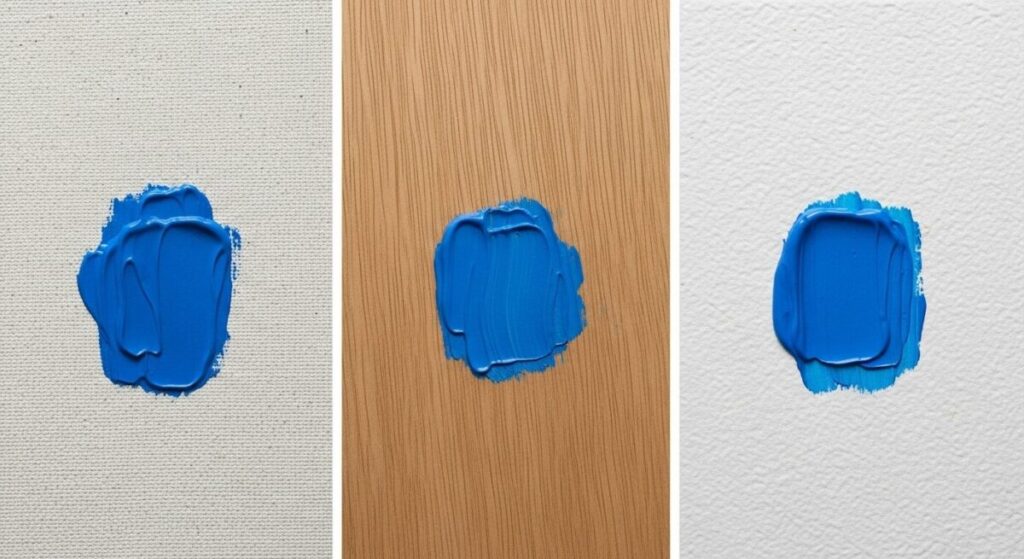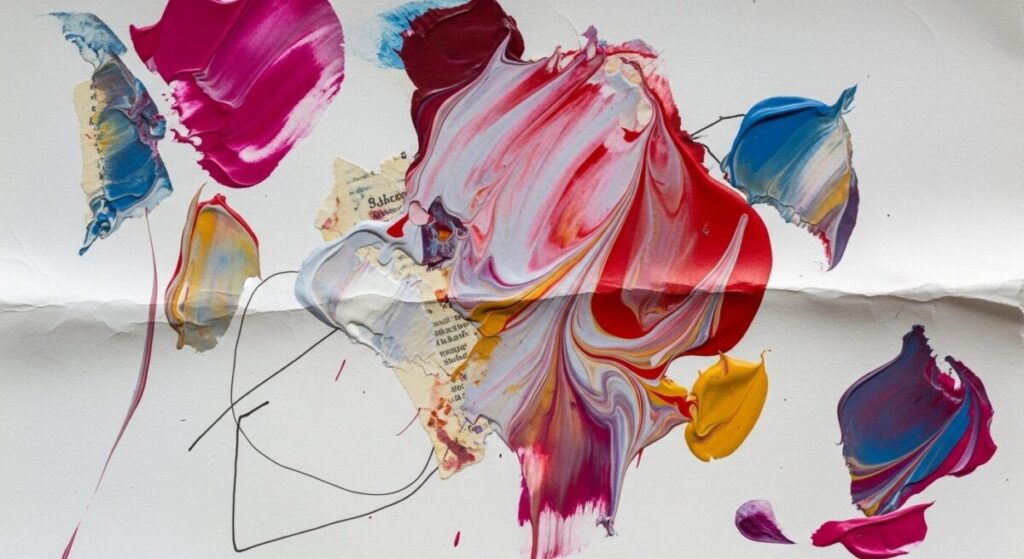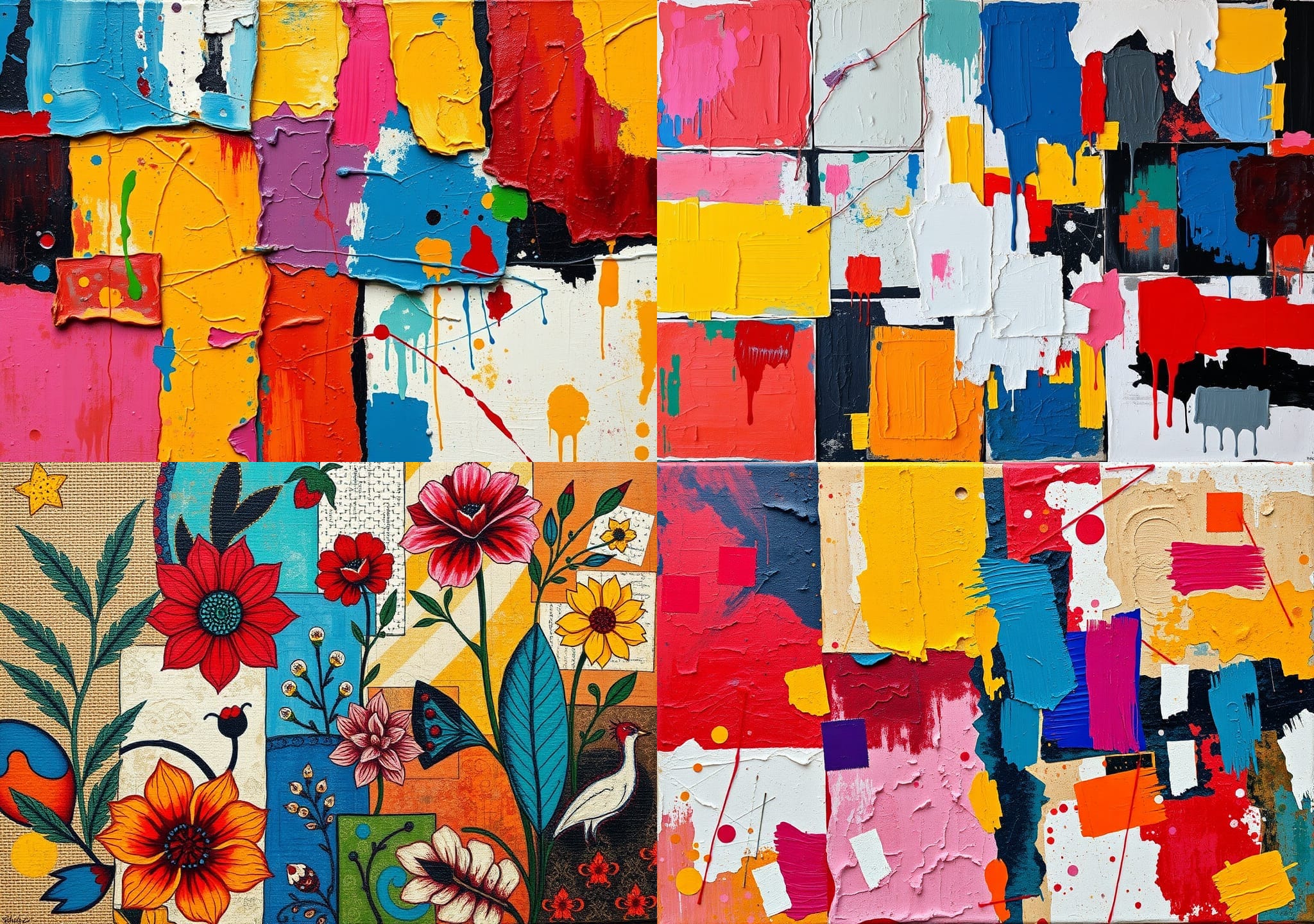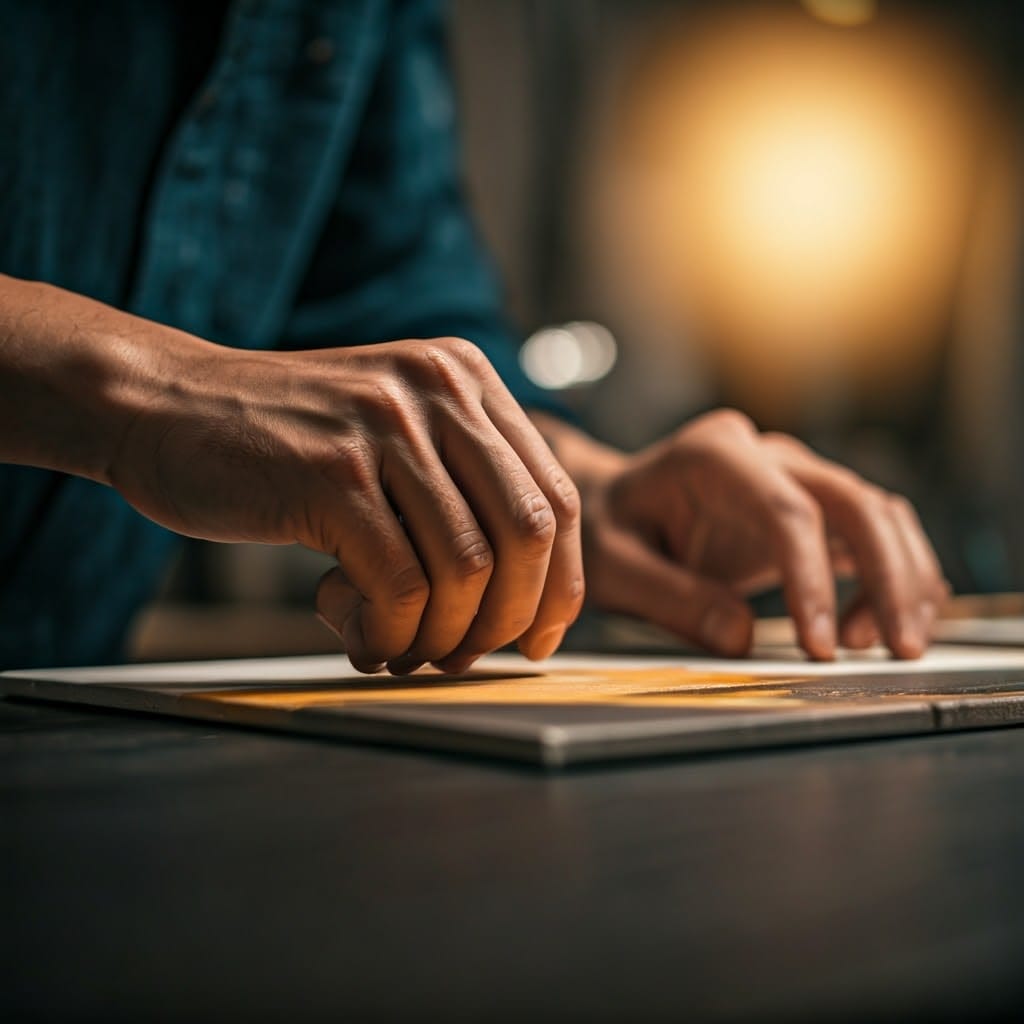Choosing the best surfaces for acrylic painting can feel like picking the perfect playground for your artistic ideas. Acrylics are super versatile, sticking to almost anything, but the surface you pick really changes how your paint behaves, how your artwork looks, and how long it lasts. Whether you’re a complete beginner or an experienced artist, understanding the different options – from classic canvas to sturdy wood and affordable paper – will help you make choices that bring your vibrant visions to life. This guide breaks down the most popular acrylic painting surfaces, helping you decide which one is just right for your next masterpiece.

Key Points Summary
- Versatility is Key: Acrylic paints can adhere to a wide variety of surfaces, making them incredibly flexible for artists.
- Surface Matters: The choice of surface directly impacts paint texture, appearance, and the overall longevity of your artwork.
- Canvas: The Classic Go-To: Available as stretched canvas (ready to hang) or panels (sturdy and portable), offering various textures.
- Wood Panels: Smooth & Sturdy: Great for detailed work and can handle thick paint layers without warping, but can be heavy.
- Paper: Budget-Friendly & Experimental: Best for practice and quick studies, but requires proper weight and sometimes mounting for display.
- Preparation is Crucial: Most surfaces benefit from gesso priming to improve paint adhesion and longevity.
- Experimentation Encouraged: Don’t be afraid to try different surfaces to find what truly suits your unique painting style!
Acrylic paint is like that super-friendly kid on the playground who gets along with everyone. It’s known for being incredibly adaptable, drying fast, and cleaning up easily with just water. But just like you wouldn’t wear flip-flops to climb a mountain, you wouldn’t use any old surface for your acrylics if you want your art to shine and last. The best surfaces for acrylic painting provide the right “tooth” (a slight roughness) for the paint to grab onto, ensuring your colors pop and your artwork stands the test of time. Let’s dive into the most common and fantastic surfaces available.
Canvas: The Timeless Favorite

When you picture a painting, chances are you’re imagining a canvas. It’s been the go-to for artists for centuries, and for good reason! Canvas offers a classic look and a satisfying texture that many artists love.
- Stretched Canvas: These are canvases already stretched over a wooden frame, ready to paint. They come in tons of sizes and various depths.
- Pros: Lightweight, comes pre-primed (usually with gesso), doesn’t always need framing, and the slight give of the surface can be fun to paint on.
- Cons: Can be damaged (punctured or dented), larger sizes can be bulky to store, and light can shine through from behind, which can be annoying when painting outdoors.
- Canvas Panels: These are canvas fabric glued onto a rigid board (like cardboard or MDF).
- Pros: More affordable and portable than stretched canvas, very sturdy, and great for studies or outdoor painting.
- Cons: Usually requires framing for display, and cheaper ones might have a too-slippery surface or flimsy core.
For both types, always check the quality. Better canvases often have a higher “ounce” weight (e.g., 12oz cotton) and are less prone to buckling or needing extra gesso.
Wood Panels: Smooth, Sturdy, and Modern
Wood panels have become super popular for acrylic artists who like a firm, smooth surface. They offer a different feel than canvas and are fantastic for detailed work or heavy paint application.
- Pros: Extremely sturdy (no sagging or warping), great for precise lines and smooth blends, can handle thick layers of paint (impasto), and can be easily sanded for a perfectly smooth finish or left with natural wood grain showing. Some cradled panels (with a frame on the back) don’t even need framing!
- Cons: Can be heavier than canvas, especially in larger sizes, usually needs to be primed with gesso (clear or white) to protect the wood and ensure proper paint adhesion, and can be more expensive than canvas.
- Types: Common types include MDF (Medium-Density Fiberboard) or hardboard (like Masonite). Always use artist-grade panels for longevity.
Paper: The Economical Explorer
Don’t underestimate paper for acrylic painting! It’s an excellent, affordable choice for beginners, studies, sketching out ideas, or creating artwork that will be framed behind glass.
- Pros: Inexpensive, easy to store, great for experimentation, and readily available in various textures and weights.
- Cons: Lighter papers can buckle or warp with too much water or thick paint, usually requires framing or mounting for display, and not all papers are suitable.
- Best Types: Look for heavy-weight paper (at least 140 lb/300 gsm) specifically designed for acrylics, watercolor paper (cold-press often has a nice tooth), or mixed media paper. These are treated to handle wet media without falling apart.
Other Exciting Surfaces to Explore
Acrylics are so adaptable, you can literally paint on almost anything that isn’t too greasy or super shiny!
- Metal: Creates a sleek, modern look. Requires special priming to ensure paint sticks properly.
- Glass: Can be challenging but offers unique translucent effects. Often requires specific glass paints or mediums to improve adhesion and prevent scratching.
- Fabric: Think denim, untreated cotton, or even old clothes! Great for wearable art or decorative pieces. Fabric mediums can be mixed with acrylics to make them more flexible and permanent on cloth.
- Walls (Murals): Yes, acrylics are fantastic for murals due to their durability and fast drying time! Ensure the wall is clean, dry, and properly primed.
- Found Objects: Old records, stones, shoes, furniture – if it’s clean and stable, you can likely paint it with acrylics after proper preparation (often just a coat or two of gesso).
Choosing Your Perfect Partner: A Quick Comparison
Here’s a simple table to help you compare the main surfaces:
| Surface Type | Pros | Cons | Best For |
| Stretched Canvas | Lightweight, ready-to-use, classic feel | Can be fragile, bulky storage (large sizes) | Finished paintings, traditional art, larger pieces |
| Canvas Panels | Sturdy, portable, affordable, good for travel | Needs framing, less “give” than stretched canvas | Studies, outdoor painting, beginners, small works |
| Wood Panels | Super sturdy, smooth for detail, won’t warp | Heavier, usually needs priming, can be more costly | Detailed work, impasto, contemporary art, permanence |
| Paper | Very affordable, easy to store, great for practice | Can buckle, needs framing/mounting for display | Sketches, practice, studies, illustrations, quick projects |

The Importance of Gesso
No matter what surface you choose, gesso is often your best friend. Gesso is a primer that prepares your surface for paint. It creates a consistent, slightly absorbent base that helps the acrylic paint stick better, makes colors appear more vibrant, and protects the surface from the paint (and vice versa). While many canvases come pre-primed, adding an extra layer or two of gesso yourself can improve the surface even more, especially for cheaper options.
As the great artist Bob Ross once said,
“There are no mistakes, just happy accidents.”
This holds true when experimenting with painting surfaces. Don’t be afraid to try different options and see what feels right for your hand and your artistic vision.
Embracing the Journey: Tips and Techniques
To help you get started on your chosen surface, here’s a quick video that might spark some ideas on working with different acrylic techniques:
How to choose surface for ACRYLIC painting REVIEW: canvas and paper
Remember, the goal is to find what inspires you and allows your creativity to flow. Whether it’s the bounce of a stretched canvas, the solid feel of wood, or the smooth glide on paper, each surface offers a unique experience.

Frequently Asked Questions About Acrylic Painting Surfaces
- Q: Can I paint acrylics on regular paper?
- A: While you can, it’s not ideal for serious works as regular paper often buckles and the paint might not adhere well long-term. Always opt for heavier art papers (watercolor, mixed media, or acrylic paper) that can handle wet media without issues.
- Q: Do I need to prime wood before painting with acrylics?
- A: Yes, it’s highly recommended. Priming with gesso seals the wood, prevents oils from the wood from bleeding into your paint, and provides a surface that the acrylics can adhere to properly, ensuring the longevity of your artwork.
- Q: What’s the cheapest surface for acrylic painting for beginners?
- A: Heavy-weight acrylic or watercolor paper is generally the most affordable option and great for practicing techniques without worrying about wasting expensive materials.
- Q: Can acrylic paint be removed from a surface if I make a mistake?
- A: Once dry, acrylic paint is waterproof and very difficult to remove. While still wet, you can wipe it off with water. For small dry mistakes, you can often paint over them, or try gently scraping with a palette knife, but it’s not always clean.
- Q: How do I prepare a canvas for acrylic painting if it’s not pre-primed?
- A: Apply 2-3 thin, even coats of acrylic gesso, allowing each coat to dry completely before applying the next. You can lightly sand between coats for a smoother finish if desired.
Resources Section
- Understanding Different Surfaces for Acrylic Painting: Canvas, Wood, and More – Ask.com
- Getting Started: Choosing a Painting Surface for Acrylics – Will Kemp Art School
- How to Choose the Best Surfaces for Acrylic Painting – AcrylicUniversity.com
- Surfaces for acrylic painting – Birch And Button
- A Guide to Artists Wooden Panels – Art Discount
- A Beginner’s Guide to Painting Surfaces: Canvas vs. Panels – paintwithshelby.com



